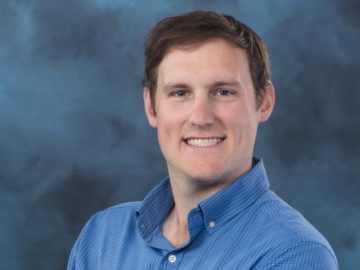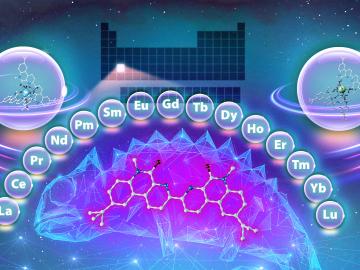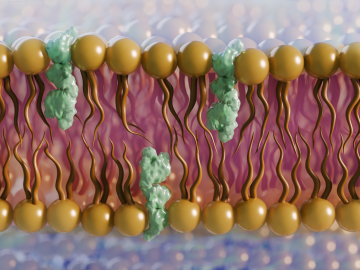
Filter News
Area of Research
- Advanced Manufacturing (2)
- Biology and Environment (31)
- Biology and Soft Matter (1)
- Computational Biology (1)
- Electricity and Smart Grid (1)
- Energy Science (48)
- Functional Materials for Energy (1)
- Fusion and Fission (7)
- Materials (65)
- Materials for Computing (9)
- National Security (7)
- Neutron Science (122)
- Nuclear Science and Technology (6)
- Supercomputing (21)
- Transportation Systems (1)
News Topics
- (-) Chemical Sciences (86)
- (-) Emergency (4)
- (-) Neutron Science (171)
- 3-D Printing/Advanced Manufacturing (146)
- Advanced Reactors (40)
- Artificial Intelligence (131)
- Big Data (79)
- Bioenergy (112)
- Biology (128)
- Biomedical (73)
- Biotechnology (39)
- Buildings (74)
- Clean Water (33)
- Composites (35)
- Computer Science (226)
- Coronavirus (48)
- Critical Materials (29)
- Cybersecurity (35)
- Education (5)
- Element Discovery (1)
- Energy Storage (114)
- Environment (218)
- Exascale Computing (67)
- Fossil Energy (8)
- Frontier (64)
- Fusion (66)
- Grid (74)
- High-Performance Computing (130)
- Hydropower (12)
- Irradiation (3)
- Isotopes (62)
- ITER (9)
- Machine Learning (68)
- Materials (157)
- Materials Science (158)
- Mathematics (12)
- Mercury (12)
- Microelectronics (4)
- Microscopy (56)
- Molten Salt (10)
- Nanotechnology (64)
- National Security (86)
- Nuclear Energy (122)
- Partnerships (68)
- Physics (69)
- Polymers (35)
- Quantum Computing (53)
- Quantum Science (93)
- Security (31)
- Simulation (65)
- Software (1)
- Space Exploration (26)
- Statistics (4)
- Summit (71)
- Transportation (103)
Media Contacts

Scientists at ORNL used neutrons to end a decades-long debate about an enzyme cancer uses.

ORNL's Spallation Neutron Source, the nation’s leading source of pulsed neutron beams for research, was recently restarted after nine months of upgrade work.

Distinguished materials scientist Takeshi Egami has spent his career revealing the complex atomic structure of metallic glass and other liquids — sometimes sharing theories with initially resistant minds in the scientific community.

ORNL’s Matthew Loyd will receive a Department of Energy Office of Science Early Career Research award.

ORNL has partnered with Western Michigan University to advance intelligent road infrastructure through the development of new chip-enabled raised pavement markers. These innovative markers transmit lane-keeping information to passing vehicles, enhancing safety and enabling smarter driving in all weather conditions.

Using LEGO® bricks, Robert Saethre has worked to create a model of the ring injection region of the SNS pulsed accelerator that features the new Proton Power Upgrade magnets and vacuum chambers.

Researchers at the Department of Energy’s Oak Ridge National Laboratory have found a chemical “chameleon” that could improve the process used to purify rare-earth metals used in clean energy, medical and national security applications.

A team led by scientists at ORNL identified and demonstrated a method to process a plant-based material called nanocellulose that reduced energy needs by a whopping 21%, using simulations on the lab’s supercomputers and follow-on analysis.

A group of scientists at the Department of Energy’s Oak Ridge National Laboratory have conducted neutron scattering research to reveal key information about fungus cell membranes that could aid in developing new antifungal treatments.

As a mechanical engineer in building envelope materials research at ORNL, Bryan Maldonado sees opportunities to apply his scientific expertise virtually everywhere he goes, from coast to coast. As an expert in understanding how complex systems operate, he’s using machine learning methods to control the process and ultimately optimize performance.


